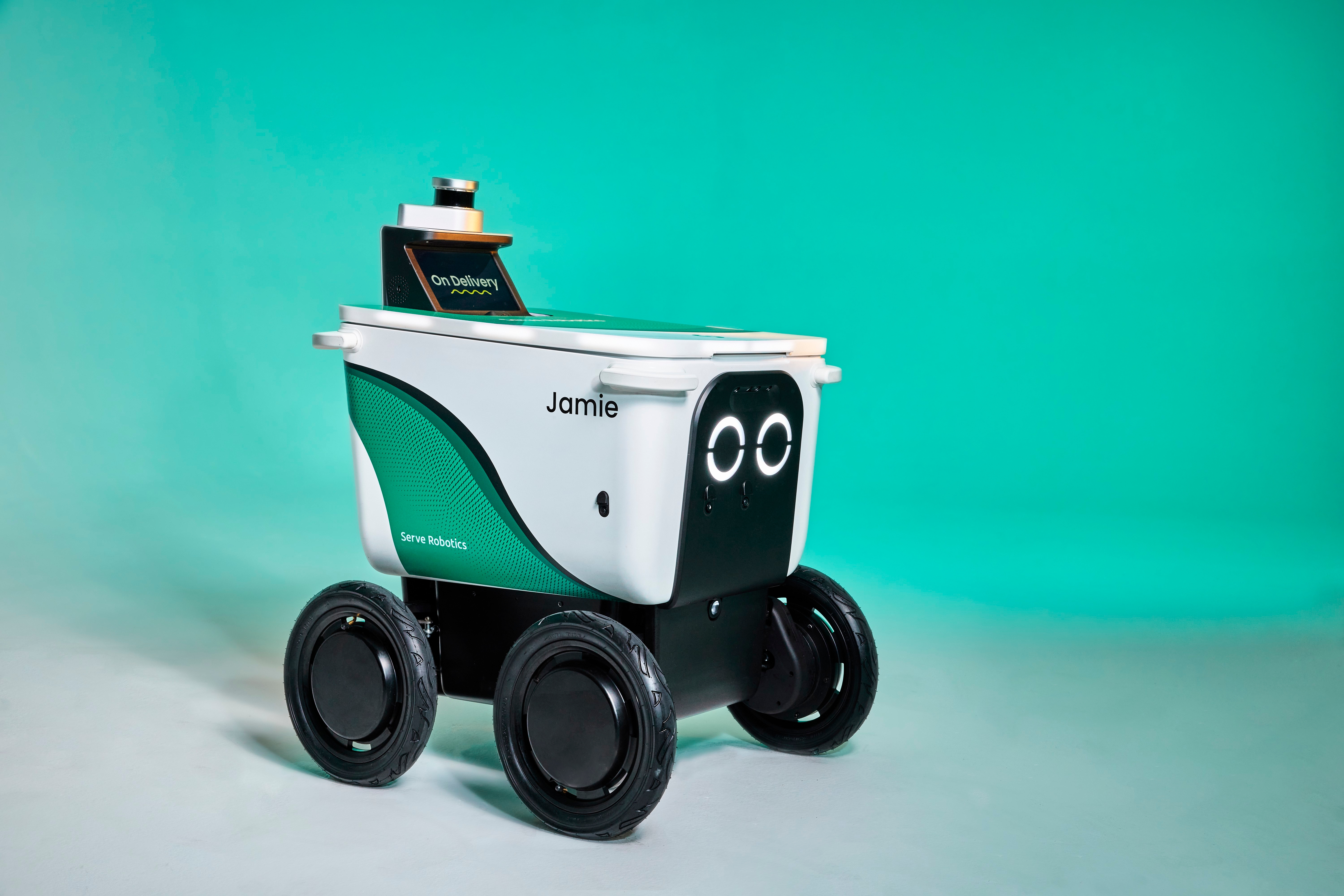Self Driving Vehicles in 2025: The Rise of a Driverless Future

Exploring the real world impact of autonomous vehicles as they shift from concept to city streets in 2025.
In 2025, driverless vehicles are no longer confined to test tracks or tech expos they are driving through our neighborhoods, delivering our packages, and even offering rides. Autonomous vehicles (AVs) have moved from experimental innovations to real world applications, with smart cities becoming the testing grounds for this next chapter in transportation. As artificial intelligence, robotics, and smart infrastructure evolve, AVs are redefining the way we live and move.
Delivery Bots: The New Face of Doorstep Service
Delivery robots are perhaps the most visible and adorable sign of the AV boom. These compact, battery powered bots roll along sidewalks to deliver groceries, takeout, and packages.
Functionality: Equipped with cameras, sensors, AI navigation systems, and remote monitoring, these bots can detect pedestrians, crosswalks, and obstacles.
Adoption: Cities like Austin, Berlin, and parts of Lagos now integrate delivery bots into logistics services.
Impact: They reduce traffic congestion, lower emissions, and offer contactless delivery especially valuable post-pandemic.
Example: Starship Technologies has completed over 10 million deliveries globally using sidewalk robots.

Robo-Taxis: Redefining Urban Commutes
Autonomous ride hailing services are now operating commercially in several cities. With no human driver behind the wheel, passengers summon these vehicles via app.
Technology: Using a blend of LiDAR, radar, GPS, and high definition mapping, these taxis navigate traffic with precision.
Safety Systems: Multiple redundancies, including fail safe braking and AI decision making, keep passengers secure.
Operators: Companies like Waymo (Alphabet), Cruise (GM), and Pony.ai are leading deployments in the U.S., China, and parts of the Middle East.
Public Reaction: While some passengers still feel uneasy, most report high satisfaction once they experience the safety and convenience.

Autonomous Trucks: Logistics at the Speed of Tech
Long haul transport is undergoing a quiet but powerful transformation. Autonomous trucks now travel major highway routes with minimal human supervision.
Efficiency: These trucks don’t get tired, don’t take breaks, and follow optimized routes.
Use Cases: Freight companies use them to transport goods overnight, often between logistics hubs.
Fleet Management: AI systems coordinate fleet movement, traffic data, and predictive maintenance.
Notable Projects: Tesla’s Semi, TuSimple’s freight fleet, and Aurora’s autonomous logistics operations have gained significant traction.

Smart Cities, Smarter Infrastructure
The growth of AVs is prompting cities to adapt their infrastructure:
Dedicated Lanes: Some areas now include lanes marked specifically for AVs.
Traffic Signals: New systems communicate directly with AVs for real-time decision-making.
AV Zones: Specific urban areas restrict access to only electric or autonomous vehicles to reduce pollution and noise.
These changes are part of broader smart city visions that integrate AI, IoT (Internet of Things), and green technologies.
Policy, Ethics, and Public Trust
While the technology is advancing, regulatory and social challenges remain:
Regulation: There is no universal framework for AVs. Some countries fast-track AV integration, while others lag due to safety concerns.
Insurance and Liability: If an AV crashes, who is responsible the owner, the developer, or the algorithm?
Data Privacy: AVs collect massive amounts of data raising concerns over surveillance and misuse.
Public Sentiment: Surveys show growing interest in AVs, especially for delivery and public transit. However, people are more hesitant about full autonomy in personal vehicles.
Environmental and Economic Impacts
Environmental Benefits
AVs, especially electric ones, significantly reduce carbon emissions, helping cities meet climate goals. With optimized routes and reduced idling, energy consumption drops.
Jobs and the Workforce
While AVs reduce the need for drivers, they also create new roles in tech, fleet supervision, maintenance, and cybersecurity.
What’s Next? The Future of AVs
Autonomous technology is evolving toward:
Level 5 autonomy: Full automation without human input, even in complex environments.
Flying taxis: Companies like Joby Aviation are exploring vertical take off AVs.
Autonomous public buses: Efficient, driverless transit is already being tested in cities like Dubai and Singapore.
Conclusion: A Mobility Revolution in Motion
Autonomous vehicles are not a distant dream they’re reshaping cities, businesses, and everyday life today. From quiet delivery robots to AI-powered freight trucks, the shift is already underway. As the world navigates this revolution, balancing innovation with safety, ethics, and equity will determine how seamlessly AVs become part of our daily lives.
The future isn’t just arriving it’s pulling up to the curb, and there’s no driver in the seat.